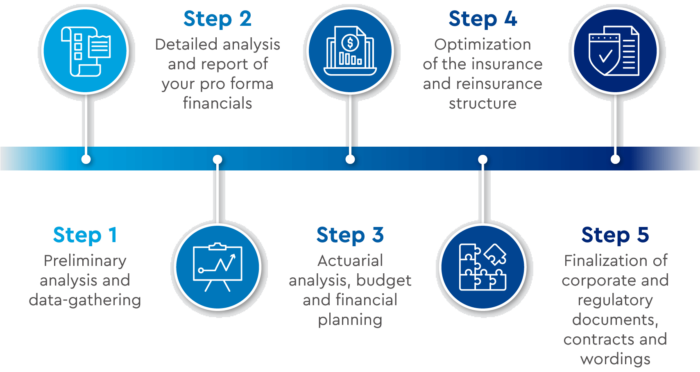
It’s no secret that hard times have fed a hard insurance market this year. With higher premiums, tougher coverage restrictions, sublimits and exclusions hanging over the heads of business owners, new attention is suddenly growing for a not-so-new concept: captive insurance.
“One of the biggest advantages to captives is that they have the ability to insure risks not available in the broader marketplace, something relevant to both established and emerging industries right now,” says Deborah Laferriere, Principal Broker and Chief Compliance Officer at Purves Redmond Limited. As a 30-year veteran of the insurance world with extensive experience managing large accounts and complex risk profiles.
Here’s her expert breakdown of the captive concept, how it works and how to decide if it’s really the right solution for you.
WHAT IS A CAPTIVE?
In a nutshell, a “captive insurer” is a form of self-insurance, generally defined as an insurance company that is owned and controlled by its insureds. Its primary purpose is to insure the risks of its owners.
What sorts of companies are best suited to captives? For starters, ones with solid financial backing: you’ll essentially form your own insurance company, which means putting your own capital at risk. Certain sectors that face more challenges than normal in the regular market—such as auto part manufacturers or pharmaceuticals—are also good candidates. Some companies, such as large transportation or real-estate risks with strong risk-management and predictable loses tend to favour them, and large, complex organizations frequently use the method too, but ultimately, captives can work for any company that desires more control.
WHAT ARE THE BENEFITS?
There can be a variety of perks to choosing a captive over traditional insurance:
- Broader, more available provisions: If you have specific risk-financing objectives not currently well-served elsewhere, a captive may solve the problem. For example, commercial providers may limit cover for events like product recall or flood in certain locations, but in a captive, you can customize such coverage options to your unique needs.
- Price stability: Rates can fluctuate unpredictably in the traditional insurance cycle, but a captive offers greater control. Pricing is still subject to regulation and needs to be based on realistic factors, but you’ll have the power to tailor it to your own financial profile and shield yourself from the whims of market trends.
- A direct line to the reinsurance market: Reinsurers—insurance corporations with capital to shoulder much larger amounts of risk—are typically only accessible to insurance companies themselves, but captive owners can partner with reinsurers directly.
- An extra profit centre: Because captives are owned by the insureds, the underwriting profits filter back to the insureds too. With low claims and an intake of premiums, you stand to add to your cash flow.
Captive insurance also provides a chance to structure how your deductibles are allocated across multiple lines of business, improve how claims are handled and potentially even see some tax advantages.
WHAT ARE THE DRAWBACKS?
When you act as your own insurer, extra responsibilities naturally come with the territory.
Increased administration is one of the bigger burdens. With traditional insurance, you essentially write a cheque to someone else, and they handle the rest. But captives require you to file financial statements, meet insolvency tests and coordinate with an array of other bodies – regulators, auditors, actuaries, claims administrators, adjusters and fronting carriers, just to name a few.
If your own organization doesn’t have the bandwidth, you can outsource to a third party that specializes in captive management. A group of companies (or even a whole industry) may come together to form one, or you may be eligible to join an existing industry captive if you meet their criteria. These all help lighten the workload, but in the end, there’s still extensive delegation, acquisition of expertise and capital commitment to consider before jumping in.
WHAT IS THE PROCESS?
The timeline to starting up your own captive depends on complexity and scale, but generally go through these main steps:

Once these steps are completed, the captive is capitalized, ready to accept premiums and issue policies.
THE TAKEAWAY:
The key thing to remember about a captive is that it’s a long-term solution. The regular insurance cycle will have ups and downs, and it may be tempting to abandon ship in favour of a soft market or less administrative effort, but it’s essential to stay the course. Captives are a big commitment, but potentially a fantastic one – if you can ride out the insurance cycle and handle the responsibilities, they can reward you greatly in the long run.
When facing a tough market, it can be challenging to know what option is best for your business. Deborah and the rest of the PRL team are here to guide you every step of the way. For more information, contact:
Deborah Laferriere
Partner | Principal Broker, 416.362.3630, dlaferriere@purvesredmond.com


